Resource Centre
Discover a wealth of knowledge and insights from the experts at StarFish Medical. Our Resource Centre offers product development tips, reviews of new and cutting-edge technologies, and in-depth articles on regulatory updates and compliance in medical device development.
-
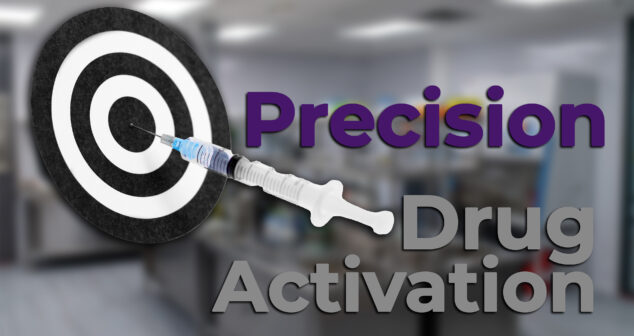
In this episode of Bio Break, Joris van der Heijden and Nick Allan discuss an advanced category of combination devices: drug activation devices. Unlike drug delivery devices that transport medication to specific locations, drug activation devices ensure the drug becomes active precisely where it is needed in the body, reducing systemic side effects and enhancing therapeutic effectiveness.
-

Artificial intelligence (AI) has rapidly become a transformative force across industries, but its application in medical devices presents unique challenges. In his article “A Practical Future of Developing AI for Medical Devices” for MD+DI, Thor Tronrud, a Research and Data Analysis-Focused Software Engineer at StarFish Medical, sheds light on bridging knowledge gaps, navigating regulatory constraints, and developing robust AI solutions for medical devices.
-

Root Cause Analysis (RCA) is a cornerstone process for identifying and resolving nonconformities in the medical device industry. Yet, a critical aspect often overlooked is the role of human error. In her online-exclusive article “Understanding Human Errors in Medical Device Root Cause Analysis” for Medical Product Outsourcing (MPO), StarFish Medical’s Vinky Kohli examines how integrating human factors into RCA can lead to safer devices and improved processes.
-

In this engaging episode of Bio Break, Nick and Joris dive into the complexities of clinical trials as a critical component of medical product development. Whether you’re a developer embarking on your first trial or a seasoned professional seeking guidance, this discussion provides actionable insights and resources to streamline the process.
-
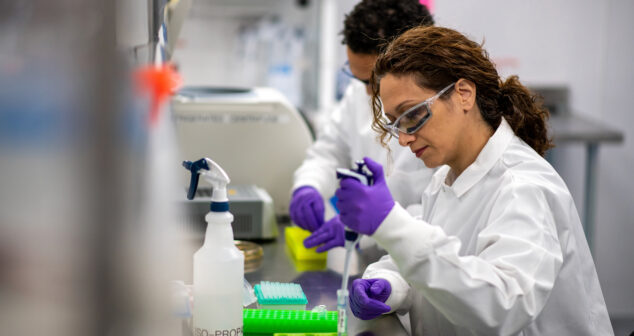
The U.S. Food and Drug Administration (FDA) made a significant update to its regulatory approach for in vitro diagnostic products (IVDs), including laboratory developed tests (LDTs). Detailed in a FDA Laboratory Developed Tests Policy guidance document issued on June 25, 2024.
-
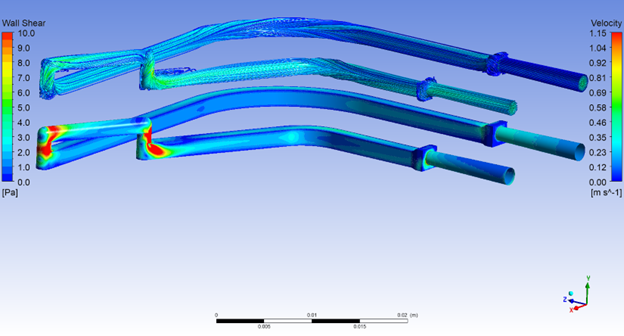
Drug Delivery Solutions for Cell and Gene Therapy (CGT) Challenges explores effective delivery devices and solutions for advanced CGT therapies and their unique challenges.
-
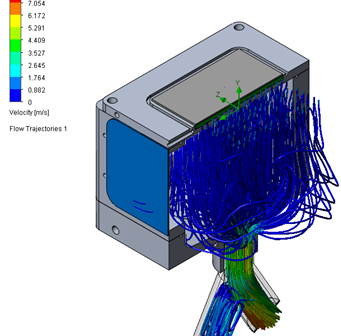
Aerosol Drug Delivery Systems, including Aerosol-based pulmonary-delivered drug devices, offer significant value by enabling targeted drug delivery directly to the respiratory system.
-
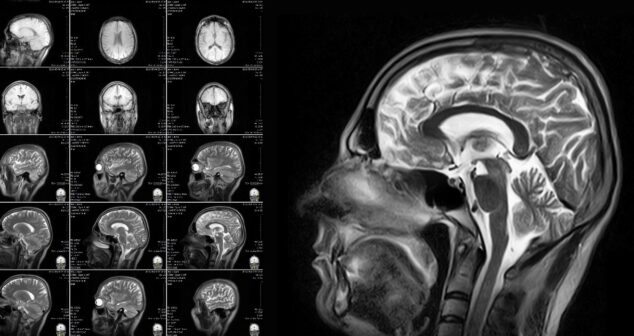
Drug Delivery System Imaging Technology options include MRI, CT, and Ultrasound. This article highlights advantages and disadvantages for each technology in guiding drug delivery.
-

Dive into the world of assay development with this informative episode of Bio Break, where Nick and Joris explore two critical concepts: Limit of Detection (LOD) and Limit of Quantification (LOQ). These terms might sound similar, but their implications for clinical diagnostics and medical devices are vastly different. Whether you’re an engineer, researcher, or product developer, this video sheds light on why both LOD and LOQ are vital in ensuring the precision and reliability of diagnostic tests.